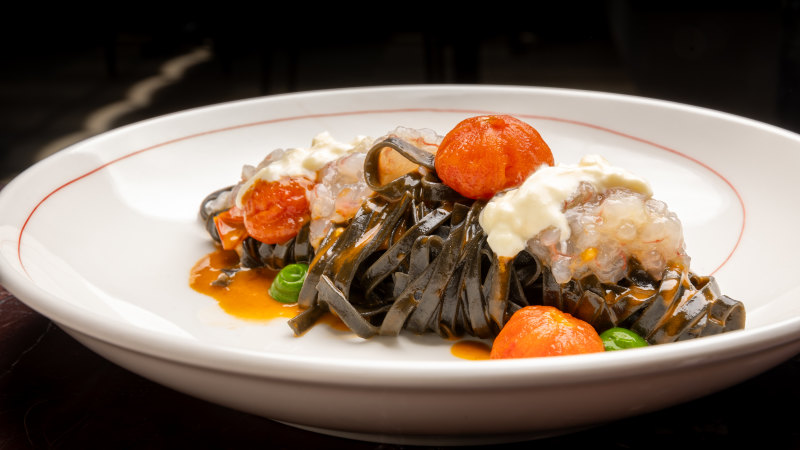Beer has undergone much experimentation since it was first made thousands of years ago by Sumerians in ancient Mesopotamia, evolving with the ingredients available to various cultures. In ancient Egypt, for instance, brewers would flavor the beverage with eccentric additives, such as olive oil and mandrake. As time has passed, beer has continued to be an essential part of many cultures, so it makes sense that there are numerous types, each with its own appearance and flavor profile.
Märzen beer is one of these, and it has a few characteristics that make it stand out from other lagers. As a German lager, Märzen or Märzenbier, which translates to "March beer," can range from amber-orange in color to deep reddish-copper — rating from 10 to 25 on the European Brewery Convention color scale — with an off-white foam. Other lagers can be pale to golden and dark brown to black, rating lower and higher on the EBC color scale respectively.
German versions customarily use Munich malt, which is very aromatic, while the grains or grist used in other countries can vary. The flavor profile is bready, slightly sweet, toffee-like, and rich yet clean with a dry finish. It's less hoppy than Czech amber lager, not as rich as Dunkles Bock, less hoppy and dry than Vienna lager from which it descends, but richer than the current Oktoberfest standard, Festbier.
The history of Märzen beer and Oktoberfest The histories of the Märzen and Vienna lagers are intertwined in the professional r.

















